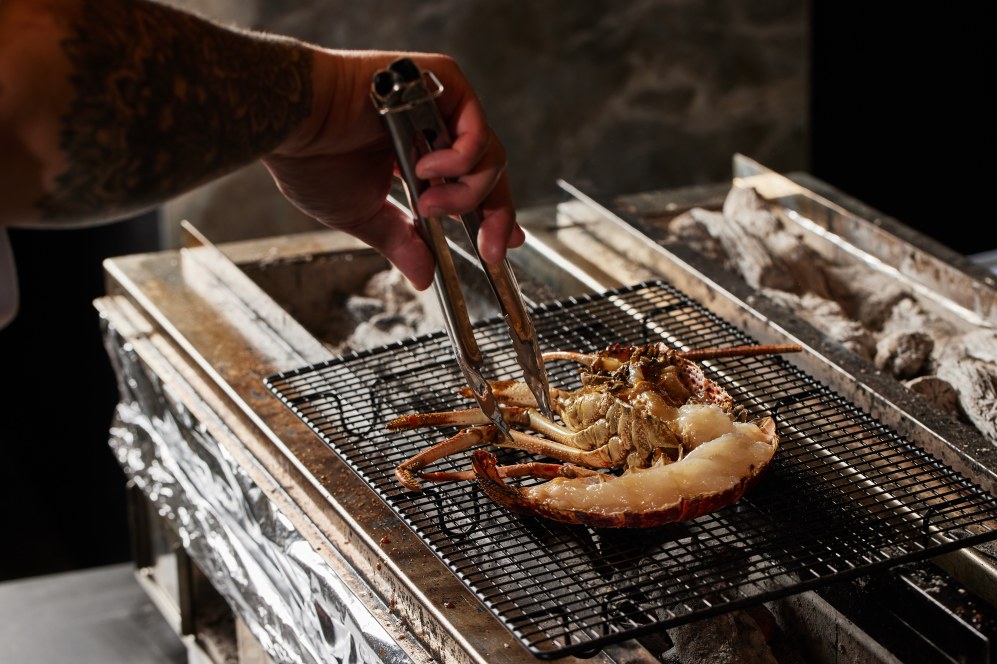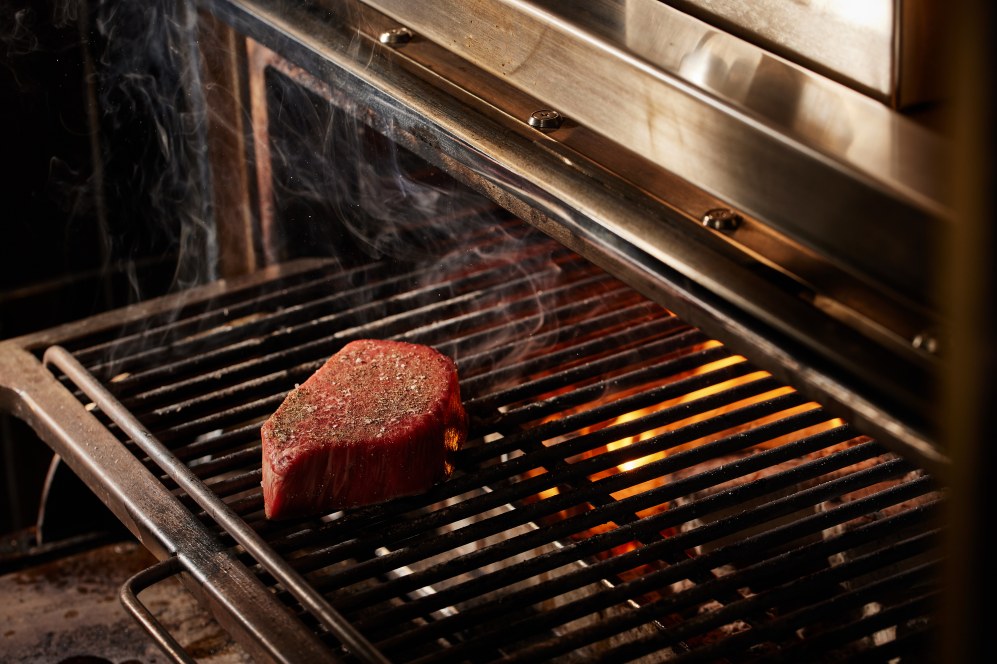Wagyu has long been revered in the culinary world. In Japan, Kobe, Matsusaka and Ōmi beef are the top three in the category. Kobe comes from a cattle strain known as Tajima, or black cattle, which are raised in Hyogo Prefecture.
While all Tajima cows are considered Wagyu, only a select few are categorised as Kobe according to quality criteria from the Kobe Beef Marketing & Distribution Promotion Association.
Yakikami in Melbourne is just one of two Australian restaurants certified to serve Kobe beef — a serious drawcard for diners. Hospitality talks to Roy Yu about securing an elusive supply of Kobe beef, working alongside a Michelin-starred chef and the two distinct offerings at Yakikami.
A dish is only as good as the produce used to make it, with grilled proteins arguably one of the best examples of the notion. Japanese-born Roy Yu and his wife Emily
opened their first yakiniku restaurant Wagyu Ya in Melbourne back in 2013.
“At the time, we were only allowed to sell Australian Wagyu, but top-quality A5 Wagyu is always from Japan,” says Yu. Kobe has always been the protein of choice for Yu, who praises it for its flavour and integrity. “Kobe beef is famous for its texture,” he says. “Most beef becomes hard when you put it in a fridge with a temperature of -2 degrees Celsius, but Kobe is still very tender.”

To sell or serve Kobe, operators require a special licence known as the Kobe Golden Calf Certificate of Authentication. “It took us one and a half years to get approved,”
says Yu. “We filled out a form for them and they did background checks before we
were provided with the licence, which has to be renewed every year.”
With the formalities taken care of, Kobe beef is on the menu at Yakikami, which opened earlier this year. The restaurant is split into two unique dining experiences. “We have the yakitori robata side, which uses binchōtan charcoal to grill chicken, seafood and wild mushrooms, and there’s a chef’s table with 10 seats for the niku kappo Wagyu omakase,” says Yu.
The two menus have been created by Michelin-starred Chef Hirokazu Sasaki from Niku Kappo Black in Tokyo. A team of nine work across the venue and are led by Chefs Koji Yoshikai and Soichi Yasutake, who cook in front of guests.
Kobe Wagyu is served exclusively at the chef’s table, with each team member expertly trained in cutting and trimming the beef. “The cutting technique is very important, so all the chefs need to have at least eight to 10 years’ experience,” says Yu. “Even the best meat is different if it’s not cut the right way.”

Yakikami receive cuts of Kobe beef with varying marbling scores between 10 and 12, with Yu citing 11 as the ideal score. “12 is sometimes too fatty,” he says. “The best cut for Kobe is the tenderloin in the middle [of the animal].”
The meat is cooked over Josper grills with no other seasoning besides salt and pepper. Guests can then choose from three signature dipping sauces that all have the same beef bone stock as a base. “There is truffle, butter shoyu and spicy pepper,” says Yu. “The beef bone stock is cooked for two days, which creates extra flavour.”
The yakitori hall makes up the other half of the restaurant and serves a pared-back
menu. Dishes cover freshly shucked oysters from St Helens in Tasmania, wild mushrooms (which are grilled and made into tempura) and chicken from Nomad
Farms in South Australia. “Generally, people think yakitori is a cheap product or that it’s street food, but the production method is different,” says Yu.
Whole chickens are divided into 12 different parts, with each element used for multiple applications. “One of our signatures at the moment is chicken ramen,” says Yu. “We use almost 30 pieces of chicken to make the soup.”
Diners at Yakikami can choose from a casual meal or a chef-fronted experience, with both delivering on quality. “From entrées to the end, all the flavours match,” says Yu. “Every dish is connected — I guarantee you’ve never had an experience like this.”
Sponsored Content

Discover Dairy Farmers’ range of shredded cheese
Sponsored by Bega

Beachfront Melbourne Club catering & restaurant opportunity
Sponsored by Future Food
Trending Now
Resources
Lorem ipsum dolor sit amet, consectetur adipiscing elit. Fusce ac ornare lectus. Sed bibendum lobortis...
Lorem ipsum dolor sit amet, consectetur adipiscing elit. Fusce ac ornare lectus. Sed bibendum lobortis...
Sign up for our newsletter
